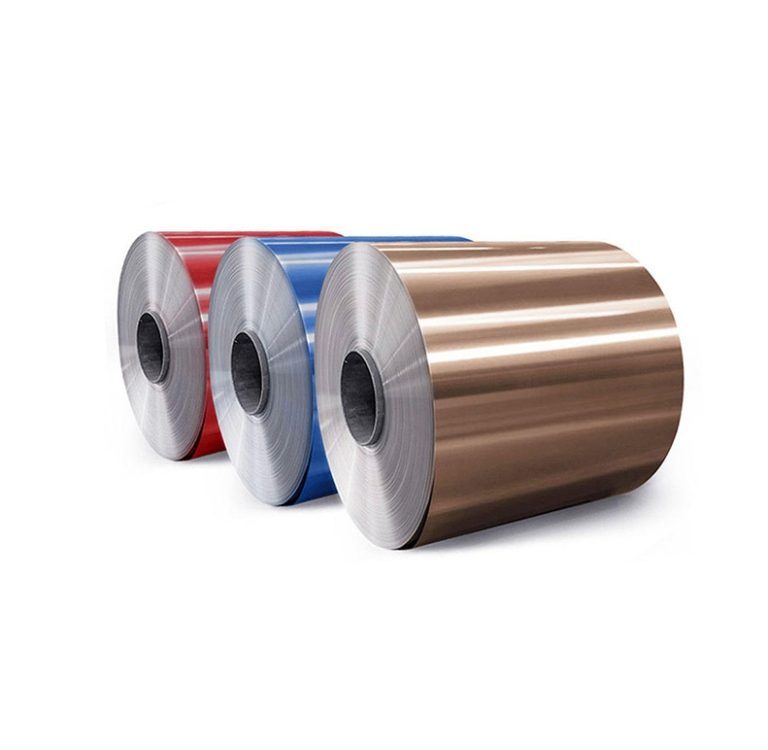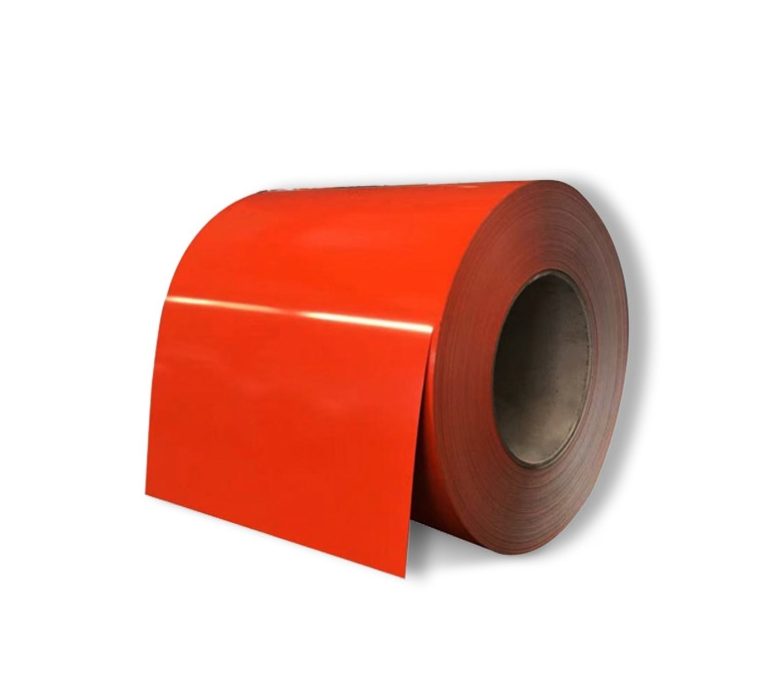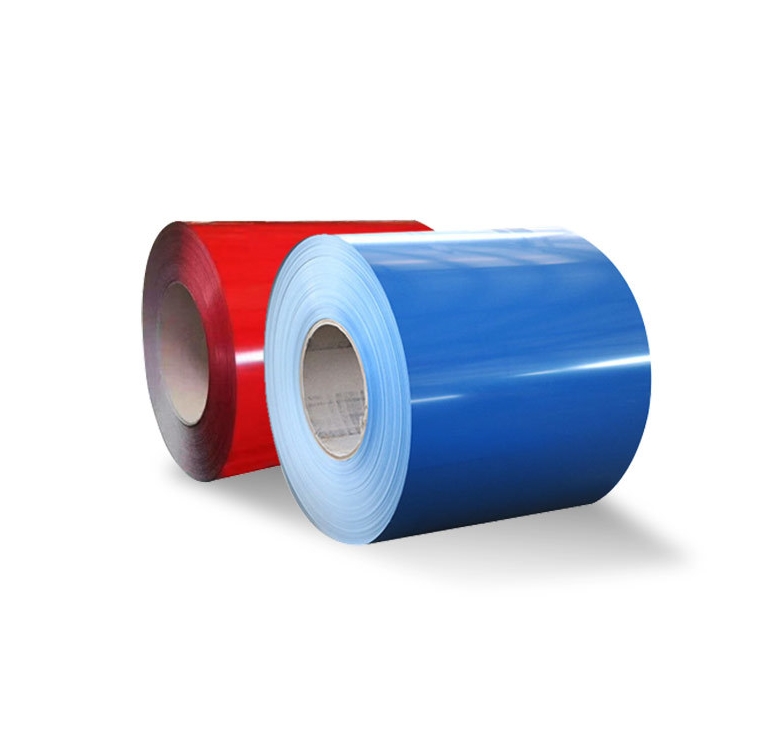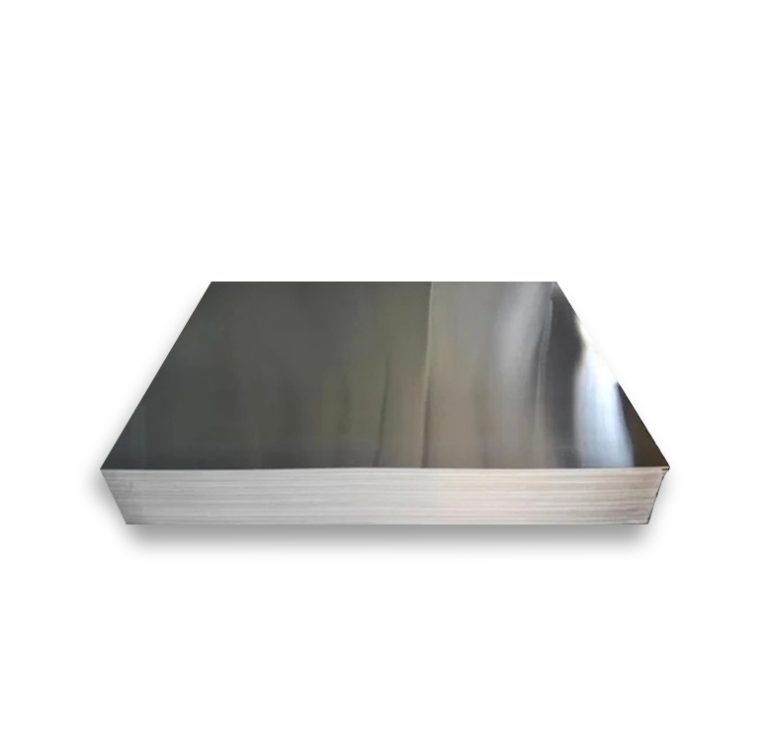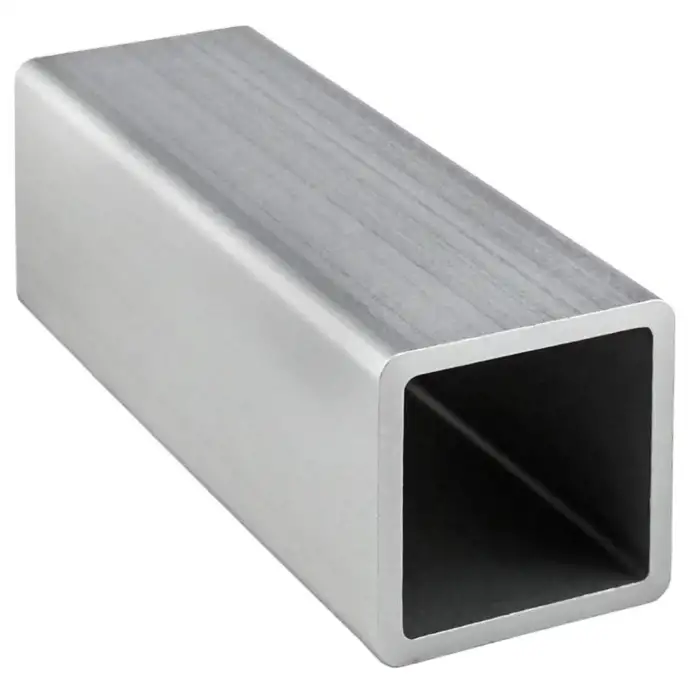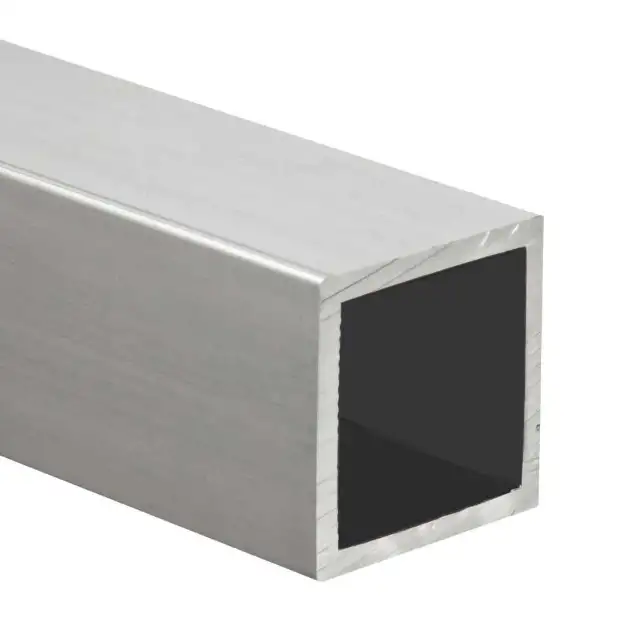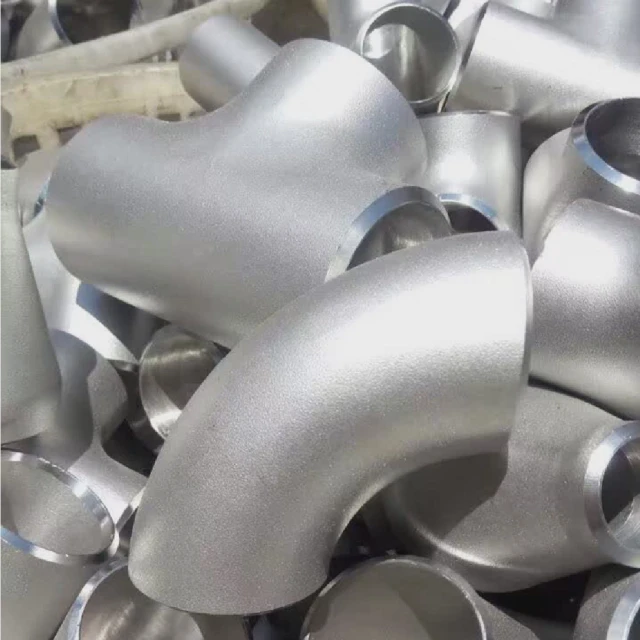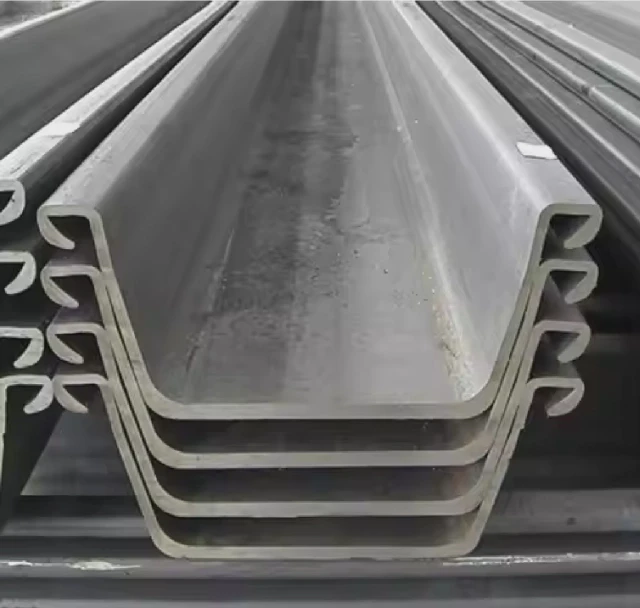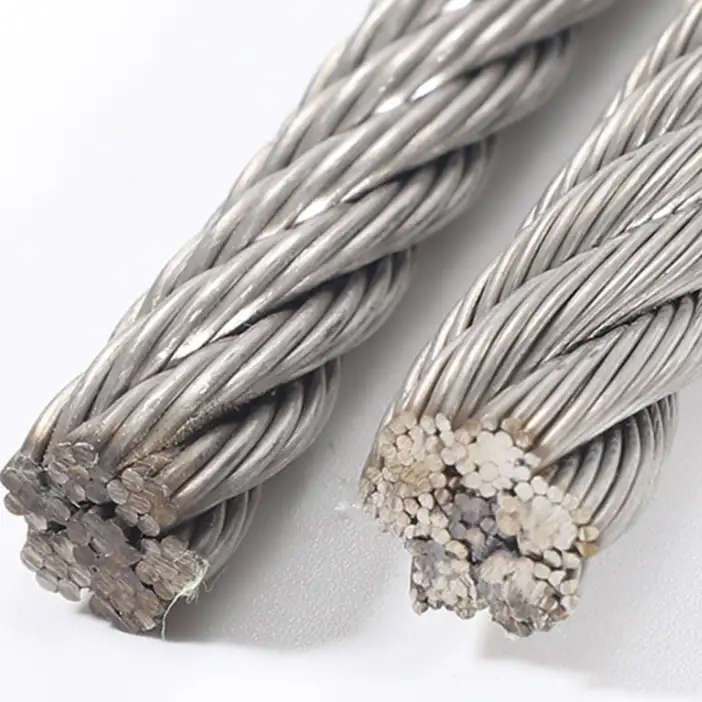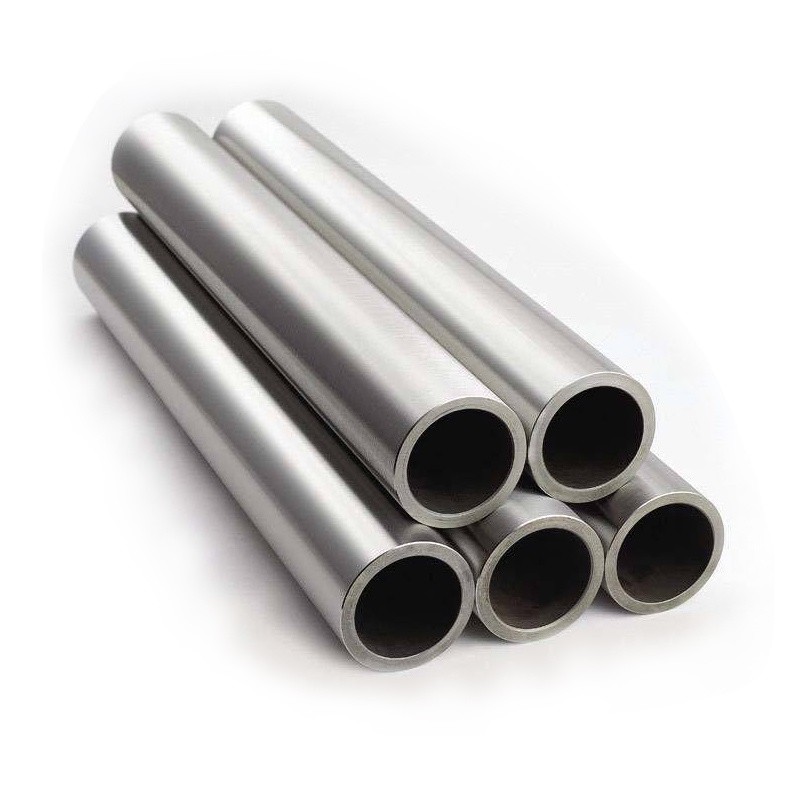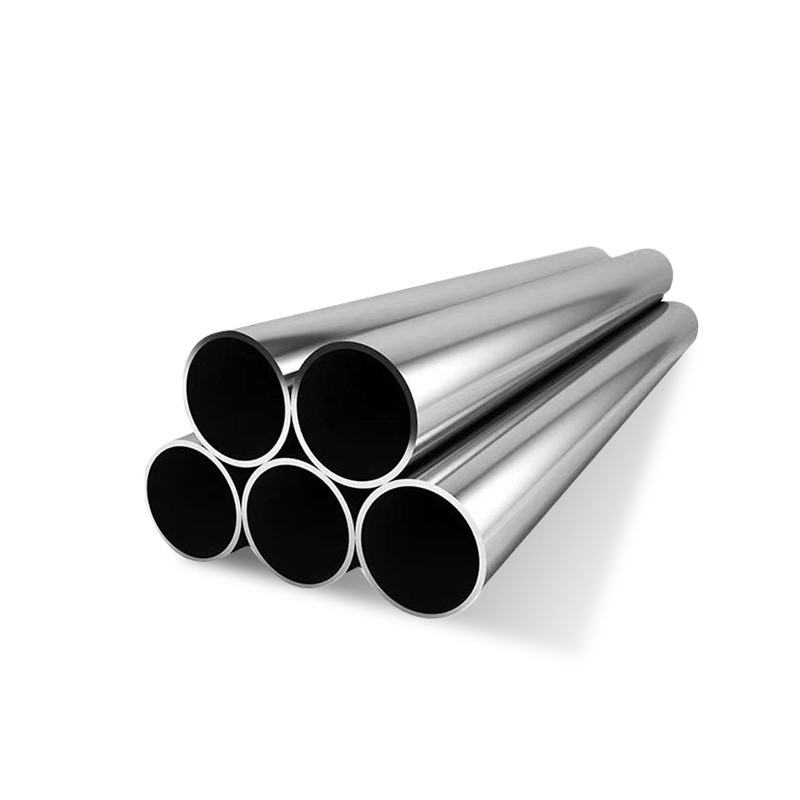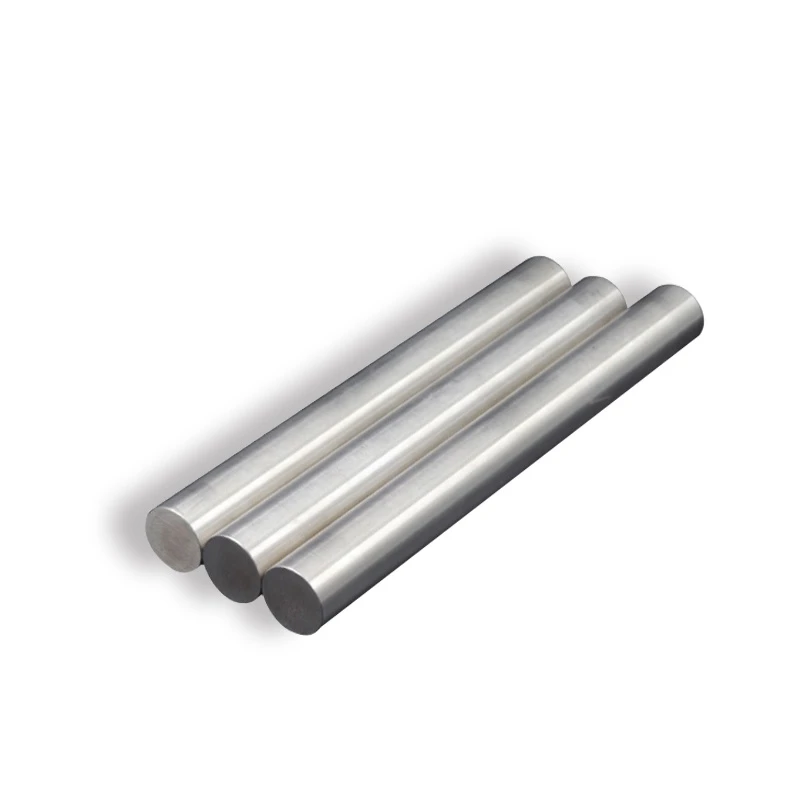
CATEGORIES
FEATURED PRODUCTS
Aluminum Square Tubing
We offer this product and related grades with 100% factory direct pricing and free quotes available within 24 hours.
APPLICATION SCENARIOS

OUR ADVANTAGE

Certificate of Honor

PARTNER

Our Factory
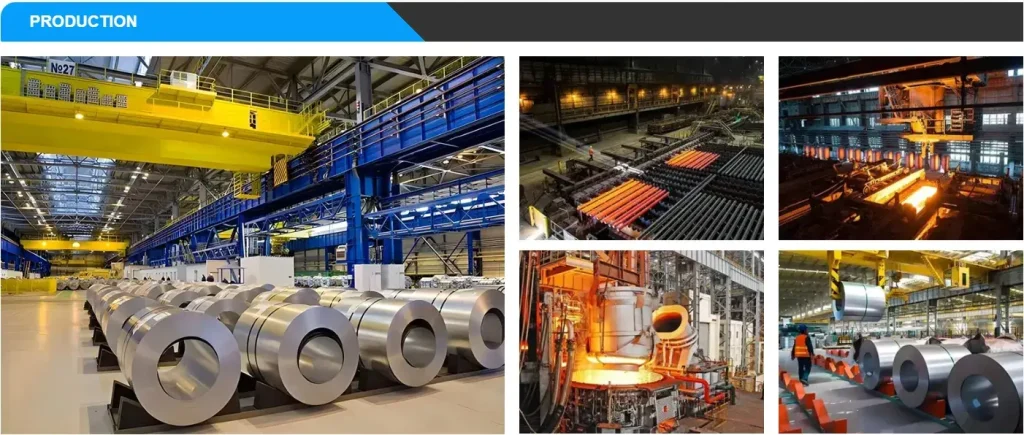
Aluminum square tubing is essentially a hollow, square-shaped tube made from aluminum alloy. It is typically fabricated in extrusion processes, creating uniform, high-strength tubes that are used across industries. A notable advantage is its resistance to rust and corrosion, making it a preferred choice in environments exposed to harsh elements. Common applications include framing, supports, and structural components in construction, vehicles, machinery, and more.
Key Takeaways:
-
Aluminum square tubing offers excellent strength-to-weight ratios, making it suitable for both lightweight and high-load applications.
-
It is highly resistant to corrosion, ensuring longevity in challenging environments.
-
Widely used in industries such as construction, aerospace, automotive, and manufacturing.
1. Common Grades and Alloys Used in Aluminum Square Tubing
The most common aluminum alloys used in square tubing are the 6061 and 6063 alloys. These alloys have specific properties that suit different uses:
-
6061 Aluminum: Known for its high strength and excellent corrosion resistance, 6061 is a versatile alloy used in a wide range of industries. It offers good weldability and is commonly used in construction and aerospace applications.
-
6063 Aluminum: This alloy is softer than 6061, but it offers better extrudability, making it ideal for applications where complex shapes are needed. It is often used in architectural structures and decorative applications due to its aesthetic properties.
| Alloy | Strength (MPa) | Corrosion Resistance | Applications |
|---|---|---|---|
| 6061 | 310-350 | Excellent | Structural, Aerospace |
| 6063 | 200-230 | Good | Architectural, Decorative |
2. Manufacturing Process of Aluminum Square Tubing
The production of aluminum square tubing typically follows the extrusion process, where raw aluminum billets are heated and forced through a die to form a hollow square shape. This process is cost-effective, allowing for a wide variety of shapes and sizes.
Here’s how it works:
-
Preparation of Aluminum Billet: A solid aluminum billet is heated to a specific temperature where it becomes malleable.
-
Extrusion: The softened billet is pushed through a specially designed die to create the square tubing shape.
-
Cooling and Cutting: The tubing is then cooled rapidly and cut into the desired lengths.
-
Surface Treatment: Depending on the required application, the tubing can undergo additional processes such as anodizing or painting to improve its appearance and corrosion resistance.
3. Benefits of Aluminum Square Tubing
-
Lightweight Yet Strong: Aluminum is much lighter than steel while still offering comparable strength. This makes aluminum square tubing a superior choice for structures where weight is a concern, such as in aerospace and automotive applications.
-
Corrosion Resistance: Unlike steel, aluminum forms a protective oxide layer on its surface when exposed to air, preventing rust and corrosion. This property is particularly valuable in outdoor and marine environments.
-
Easy to Work With: Aluminum can be easily welded, cut, and shaped, making it versatile for various construction and manufacturing applications.
4. Applications of Aluminum Square Tubing
Aluminum square tubing is used in a wide range of applications, from everyday items to highly specialized systems. Some of the key sectors where aluminum square tubing is utilized include:
-
Construction and Architecture: Used in structural framing, window frames, and roofing supports.
-
Aerospace: Employed in aircraft frames and structures due to its light weight and strength.
-
Automotive: Integrated into vehicle chassis and support structures to reduce weight without compromising durability.
-
Furniture Manufacturing: Commonly used for the frames of tables, chairs, and shelving units due to its aesthetic appeal and strength.
5. Cost Considerations for Aluminum Square Tubing
The cost of aluminum square tubing depends on several factors:
-
Alloy Type: For example, 6061 aluminum is generally more expensive than 6063 due to its higher strength and durability.
-
Size and Length: Larger sizes and longer lengths require more material and are typically more expensive.
-
Surface Treatment: Anodizing, painting, and other treatments can increase the cost of the tubing.
-
Market Demand: Aluminum prices are influenced by global supply and demand, which can fluctuate depending on market conditions.
Estimated Price Range (USD per foot)
| Alloy | 1" x 1" x 0.0625" | 2" x 2" x 0.125" | 4" x 4" x 0.25" |
|---|---|---|---|
| 6061 | $1.50 - $2.00 | $3.50 - $4.50 | $7.00 - $9.00 |
| 6063 | $1.20 - $1.80 | $2.50 - $3.50 | $5.00 - $7.00 |
The prices can fluctuate based on factors such as market conditions and supplier.
6. Key Considerations When Purchasing Aluminum Square Tubing
When purchasing aluminum square tubing, consider the following factors:
-
Dimensions: Ensure the tubing meets your dimensional requirements, including wall thickness and length.
-
Alloy Choice: Select the appropriate alloy based on the mechanical properties required for your application.
-
Quantity and Availability: Larger orders may offer better pricing per unit, and some suppliers might have longer lead times for high-demand items.
-
Supplier Reputation: Choose reputable suppliers with quality certifications to ensure you are getting high-grade material.
7. Case Study: Aluminum Square Tubing in Construction
In a recent construction project, a contractor needed durable, lightweight framing for a new office building. They chose 6061 aluminum square tubing for its high strength-to-weight ratio and excellent corrosion resistance. Over the course of the project, the contractor reported that aluminum provided both cost savings in labor (due to its ease of handling) and long-term durability due to its low-maintenance nature. The total savings were estimated at USD 50,000 in reduced maintenance costs over a 10-year period, compared to using traditional steel framing.
8. FAQs
Q1: Can aluminum square tubing be welded?
Yes, aluminum square tubing can be easily welded, especially the 6061 alloy, which is commonly used for welded structures.
Q2: How do I choose the right alloy for my project?
Consider factors such as strength requirements, corrosion resistance, and the specific environmental conditions of your application.
Q3: What is the difference between 6061 and 6063 aluminum?
6061 offers higher strength and is better for structural applications, while 6063 is more suitable for decorative applications due to its smoother finish.
Q4: Is aluminum square tubing more expensive than steel?
Generally, aluminum is more expensive than steel, but its lightweight nature and corrosion resistance can offset the initial cost in certain applications.
Q5: How long does aluminum square tubing last?
Aluminum square tubing can last decades, particularly when anodized or coated to enhance its resistance to environmental factors.

